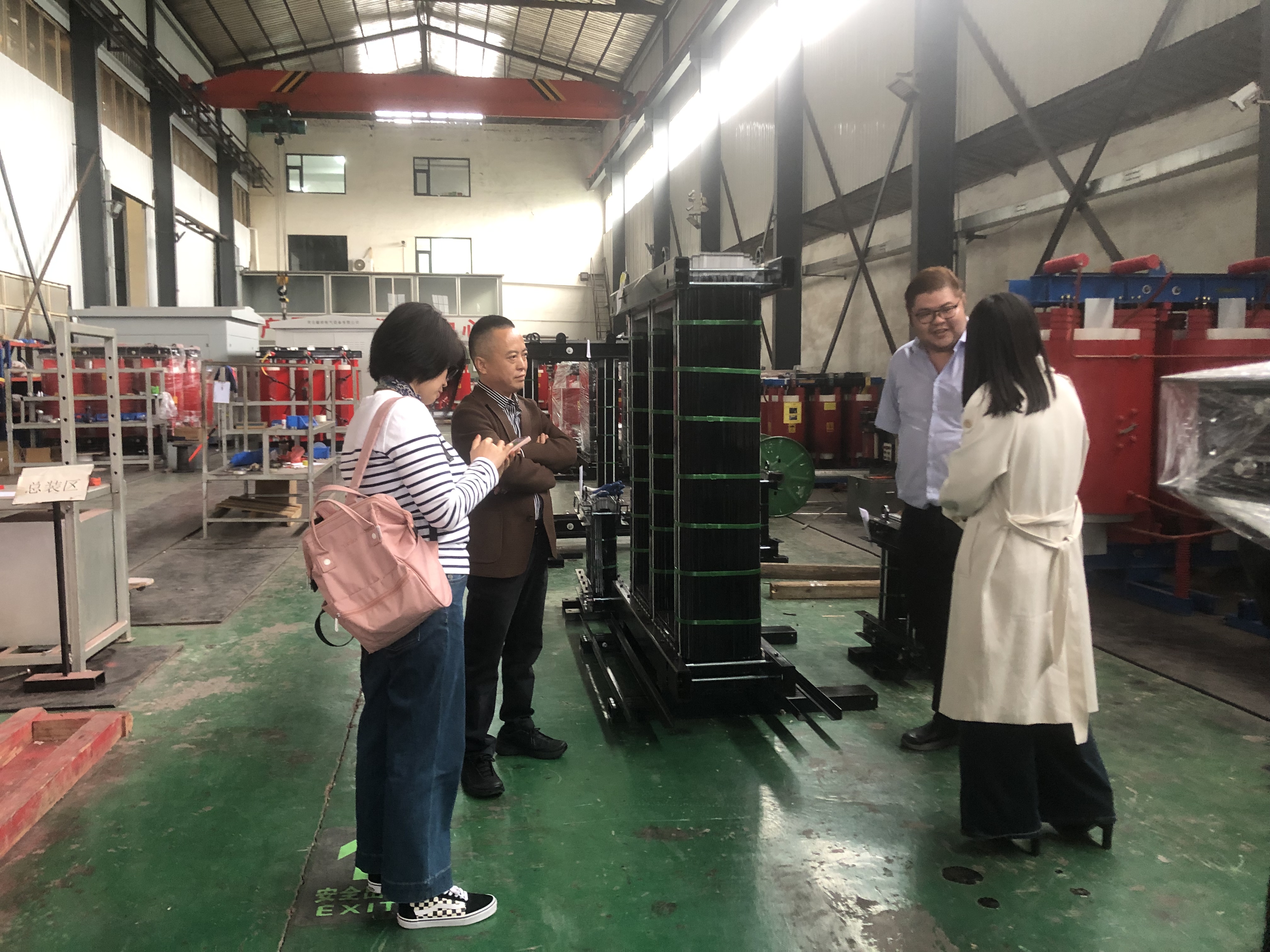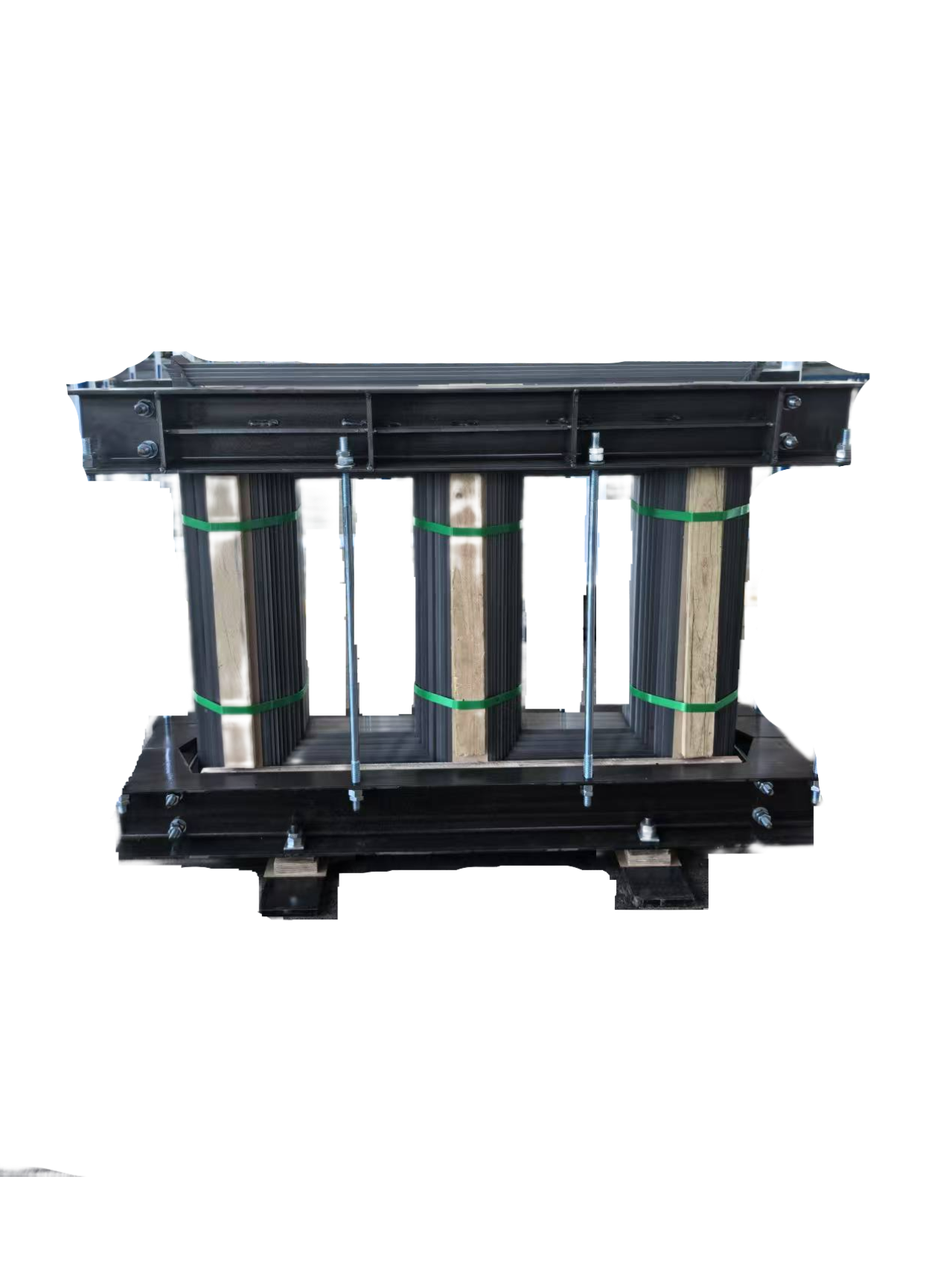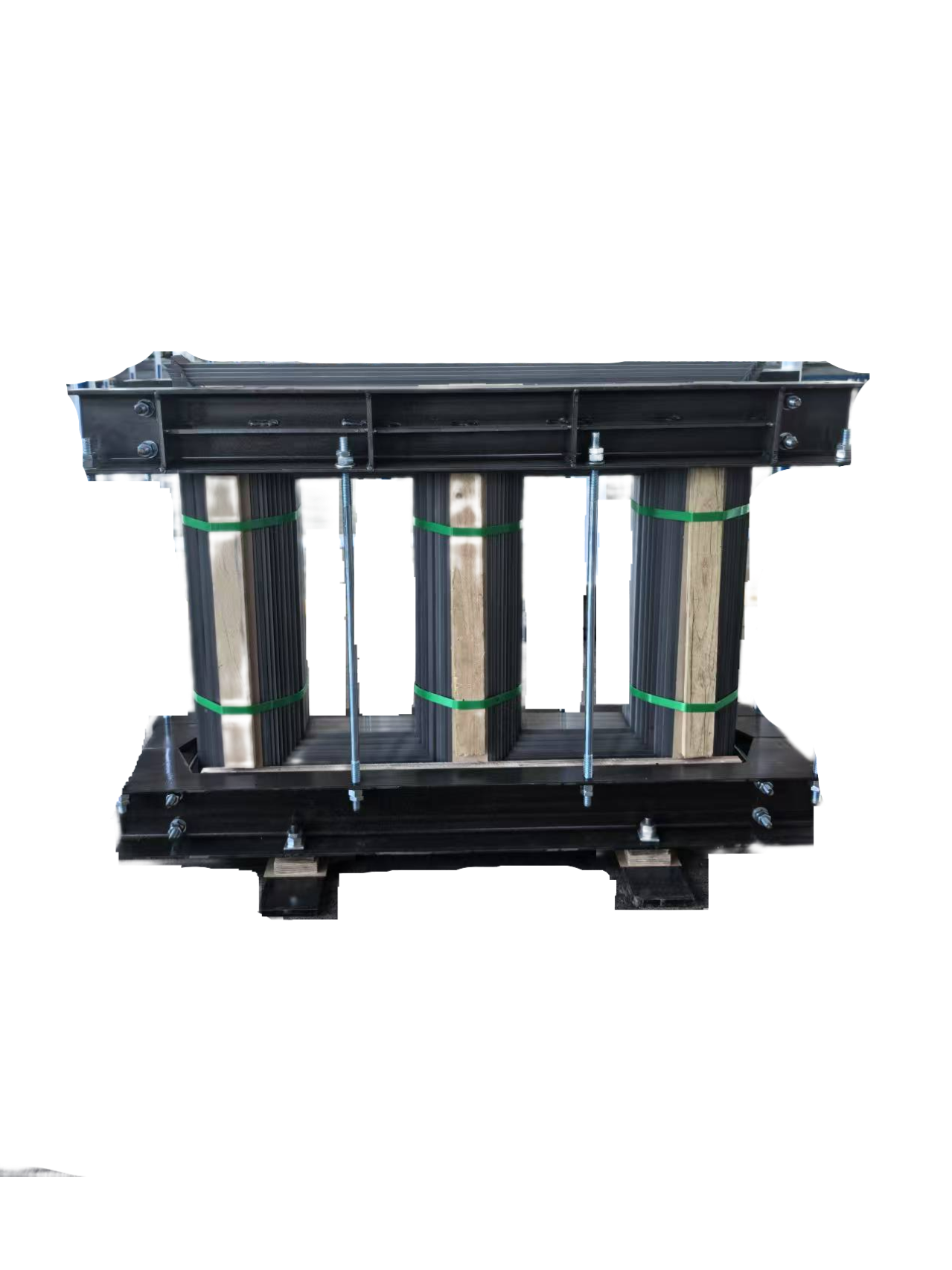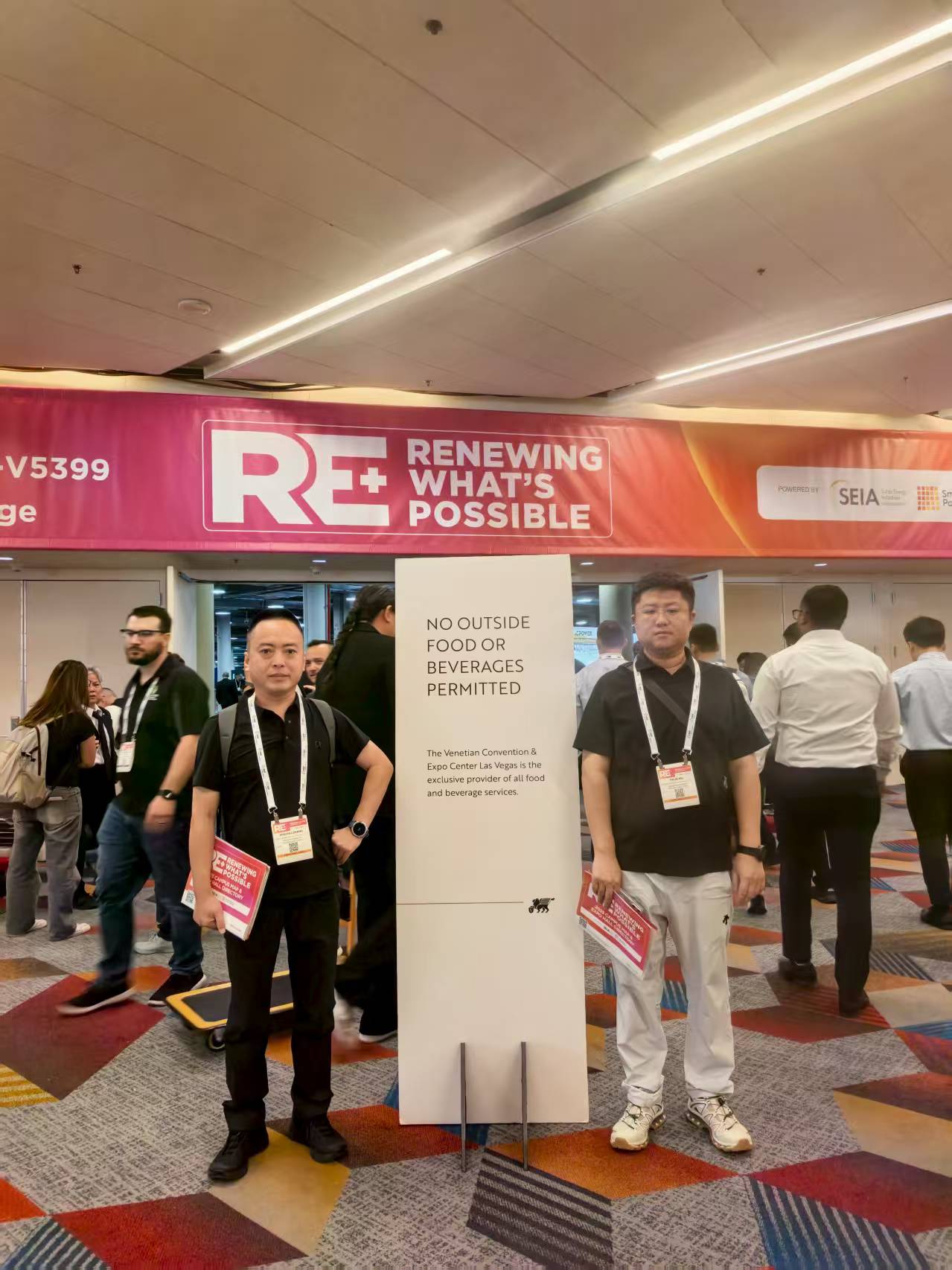Dry-Type Transformers vs. Oil-Immersed Transformers: Analyzing the Differences and Advantages.
Transformers are core equipment in power systems, with dry-type and oil-immersed transformers being the two main types. They differ significantly in design, performance, and applicable scenarios.
Dry-type transformers rely on air, epoxy resin, and other solid materials as insulation and cooling mediums. Their greatest advantages are exceptional safety and environmental friendliness. They eliminate the risks of oil leakage and combustion, offering excellent fire and explosion resistance. This allows them to be installed directly indoors at load centers, such as office buildings, hospitals, and subway stations—areas with high population density—close to power consumption points to reduce line losses. Additionally, they feature a compact structure, simple maintenance, and are largely maintenance-free. However, their drawbacks include relatively poor heat dissipation, limited overload capacity, and higher manufacturing costs due to insulation material constraints. They also typically have lower single-unit capacity and voltage ratings.
Oil-immersed transformers, on the other hand, use transformer oil as an insulation and cooling medium. Their greatest advantage lies in their excellent heat dissipation and strong overload capacity, making them highly suitable for high-voltage, high-capacity applications such as outdoor substations and main power grids. They also have relatively low initial acquisition costs, offering outstanding economic benefits. However, their disadvantages are equally notable: transformer oil is a flammable liquid, posing fire and explosion hazards, and oil leaks can cause environmental pollution. They require additional safety facilities such as oil pits and drainage pools, which occupy more space. Moreover, they demand regular professional maintenance, including oil level inspections and oil sample testing, resulting in higher operational and maintenance workloads.
In summary, there is no absolute "better" option, only a "more suitable" one. The decision should be based on a comprehensive consideration of voltage level, required capacity, installation environment, fire safety requirements, initial investment, and long-term operational costs. If safety, environmental protection, and installation convenience are priorities, especially for indoor or sensitive areas, dry-type transformers are the preferred choice. If economic efficiency and high capacity are the main goals, and outdoor installation conditions are available, oil-immersed transformers are more suitable.













请先 登录后发表评论 ~